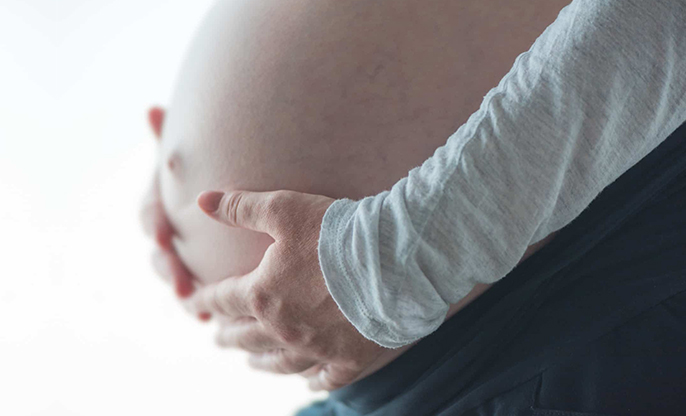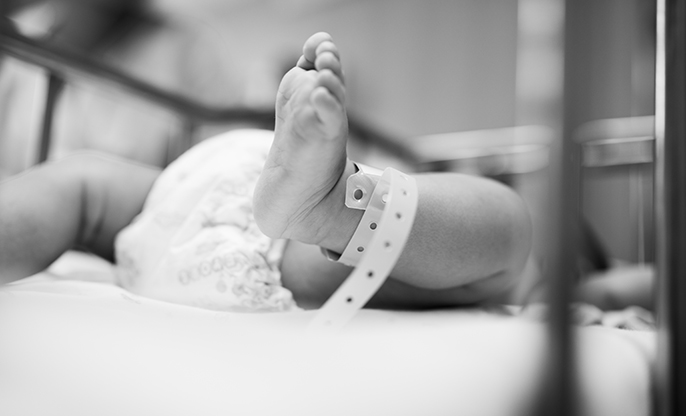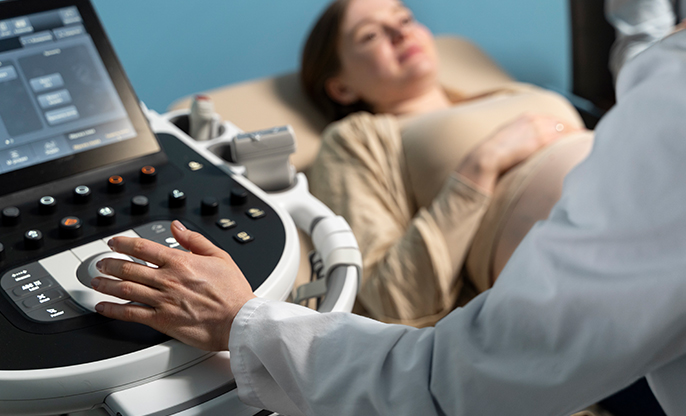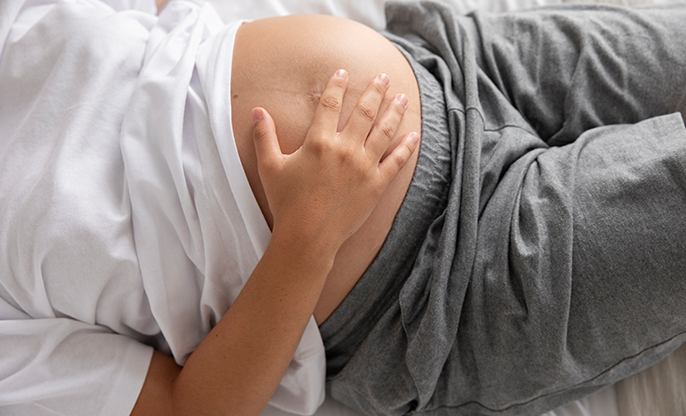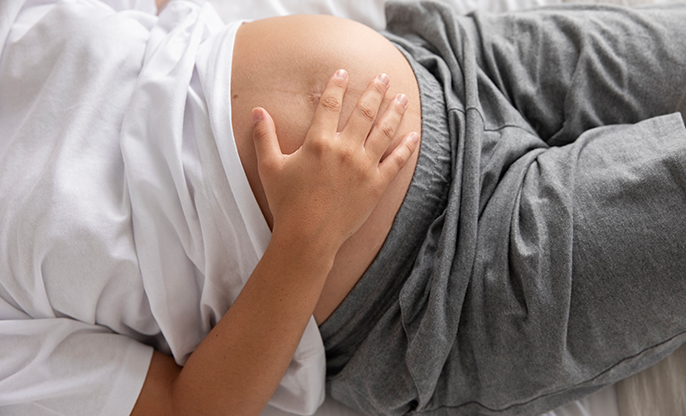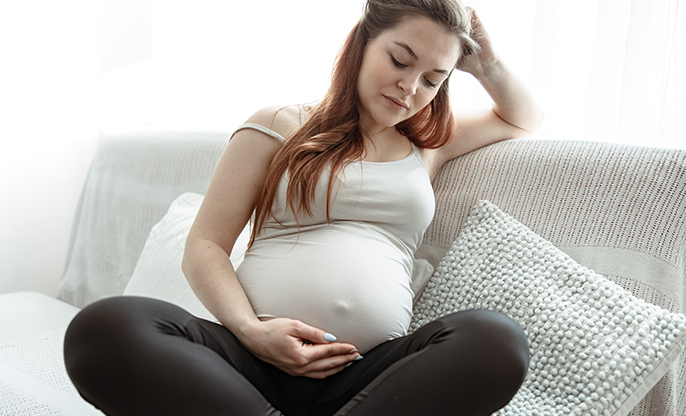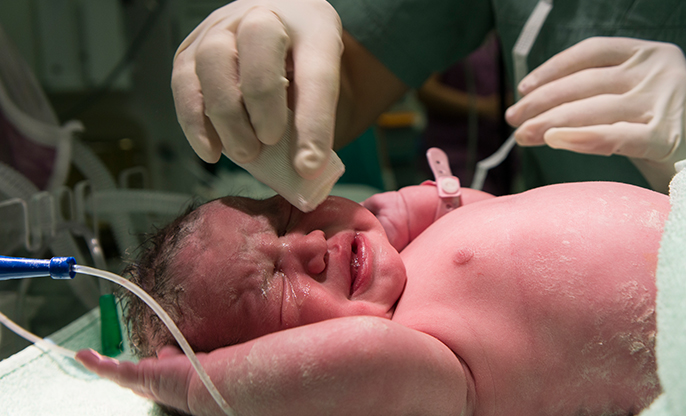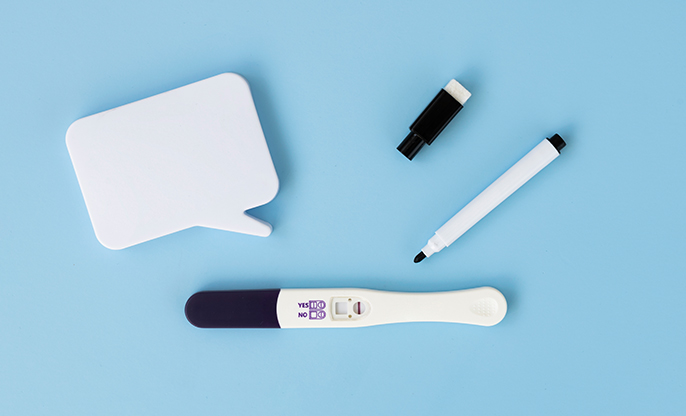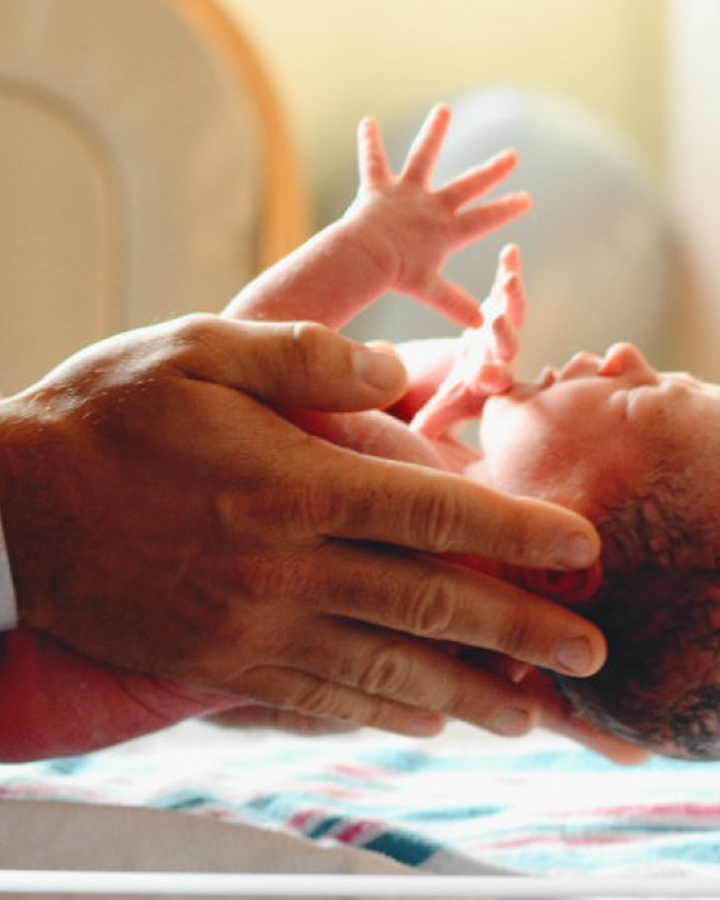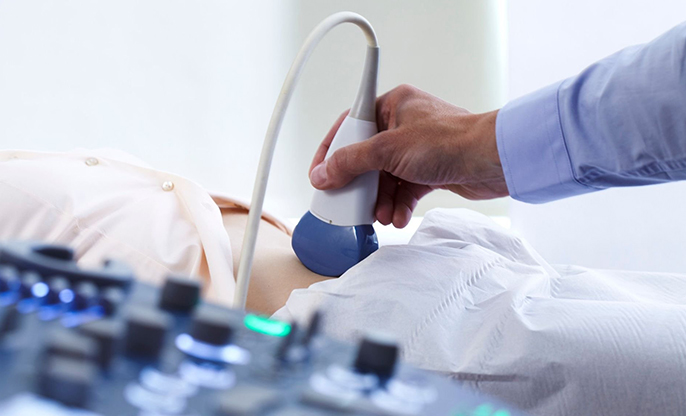
Healthcare workers claim a baby can be delivered safely and quickly if positioned head down in the uterus. The baby is safer passing through the birth canal in this position. But, when the feet or the bottom of the child fix within the uterus, the baby is said to be breech. In this article, we will discuss the risks associated with breech births and the options available for safe delivery.
During a vaginal delivery, the ideal position of the baby is said to be the head down or when the head comes out first. By 36 weeks, most breech infants start naturally turning around with their crown facing toward the delivery canal. If the baby does not turn around, the midwife or the health care worker turns the fetus around. But what happens if the baby remains in the womb with feet downwards? Is a safe delivery possible, or does the unborn child face dangers?
When a baby is in a breech position, there are several risks associated with the delivery:
- The baby may become stuck in
the birth canal. The fetus's body does not stretch the cervix sufficiently
and prohibits the head of the baby from coming out easily. The shoulders
and head get stuck and wedge against the hard bones of the mother's pelvic
region.
- Breech presentation can lead
to prolonged, painful labor and chances of cutting off the oxygen supply.
A lack of oxygen in the womb can cause serious issues such as brain
damage, cerebral palsy, and even fetal death. Reduced oxygen content in
the womb is a severe condition, and the breech presentation should be
monitored closely.
- The umbilical cord may
become compressed, leading to decreased oxygen and nutrient supply to the
baby, which can cause congenital disabilities.
- Conditions like a prolapsed
umbilical cord can spring up surprisingly; in this, the umbilical cord
comes out of the cervical opening before the baby does. In this case, the
baby should be immediately delivered via an emergency caesarean section.
- The baby may be born with broken bones or a dislocated shoulder.
The complicated breech presentation:
When it comes to childbirth, one of the most feared complications is a breech presentation, where the baby is positioned upside down. The feet or buttocks are placed downwards first, instead of the head. While this is not uncommon, it can be dangerous for both the baby and the mother if not managed appropriately.
Some breech infants can be delivered vaginally; a C-section is often advised because of the potential complications. Your doctor will check your baby's positioning in the last weeks of your pregnancy.







